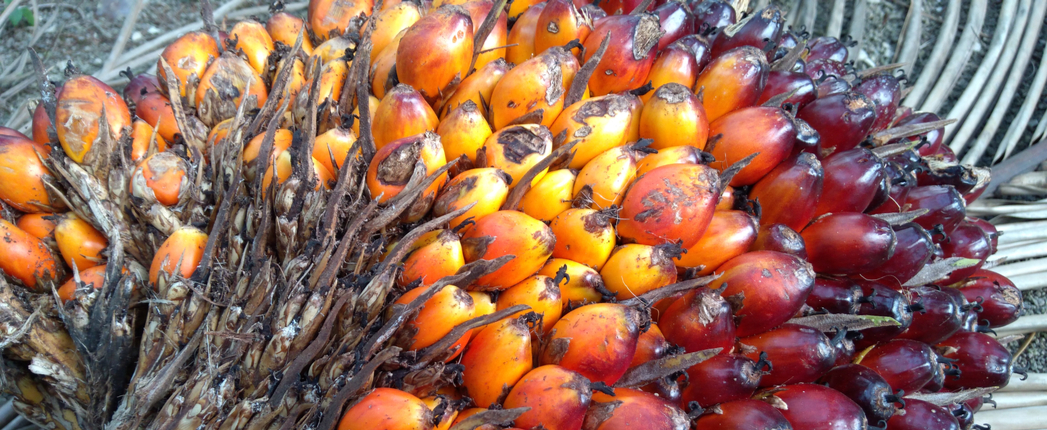
An Indian government ministry approved money for a program to increase the country’s production of crude palm oil up to 1.1 million tons by 2025-2026 and up to 2.8 million tons by 2029-2030 to alleviate dependence on imports.
Palm oil, the highest volume plant oil, is used primarily in foods and biofuels but also in renewable lubricants.
The centrally sponsored program, called the National Mission on Edible Oils – Oil Palm, will have a special focus on the country’s northeast region and the Andaman and Nicobar Islands. It calls for a financial outlay of Rs 11,040 crore (Rs 110.4 billion or U.S. $1.5 billion), with Rs 8,844 crore from India’s government and Rs 2,196 crore from state coffers. The program received approval from the Union Cabinet, chaired by Prime Minister Shri Narendra Modi.
“Due to the heavy dependence on imports for edible oils, it is important to make efforts for increasing the domestic production of edible oils, in which increasing area and productivity of [palm oil] plays an important part,” India’s government stated in a press release last month.
Although the government has made many efforts since 1991-1992 to increase production of oilseeds and palm oil, India still imports around 98% of crude vegetable oil, according to the release. Oilseed production increased from 27.5 tons in 2014-2015 to 35.6 million tons in 2020-2021. The release notes that the Indian Institute of Oil Palm Research conducted an assessment harnessing the potential of palm oil production in the country, assessing that about 2.8 million hectares could be cultivated for palm oil; however, only about 370,000 hectares are currently cultivated for palm oil.
The program will also focus on price assurances and on providing planting materials in the form of seed gardens.
The government explained that palm oil farmers produce fresh fruit bunches, from which oil is extracted. Prices of these bunches are linked to international crude palm oil price fluctuations. For the first time, India’s government will provide a price assurance to oil palm farmers for the fresh fruit bunches, to be known as the viability price. This is intended to protect the farmers from the fluctuations in crude palm oil prices.
Earlier this year, India implemented a temporary cut in the duty charged on palm oil imports, part of an effort to offset a sharp increase in prices over the past year. Analysts had said the move would likely lead to a rebound in palm oil demand in India, which accounts for more than half of global palm oil imports.
As of July, palm oil prices had roughly doubled in the past year, according to the International Monetary Fund’s global index for the commodity, in line with increases for plant oils. The trend in the broader category was laid to unusually dry weather in areas in the United States, Canada and Argentina, which are key producers of oil crops and to the COVID-19 pandemic, which hampered harvesting of palm oil in such countries as Indonesia and Malaysia, the two largest producers of palm.